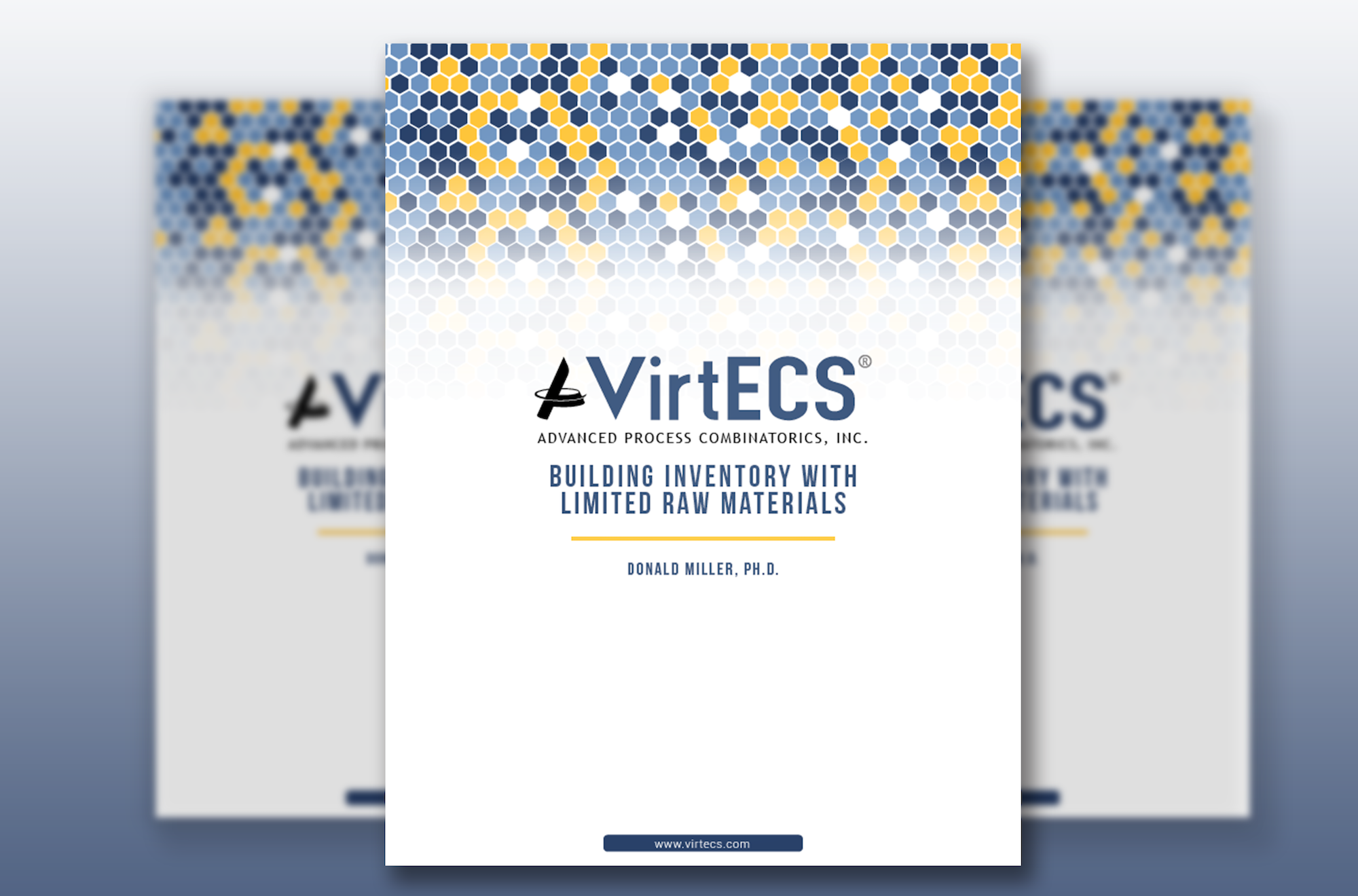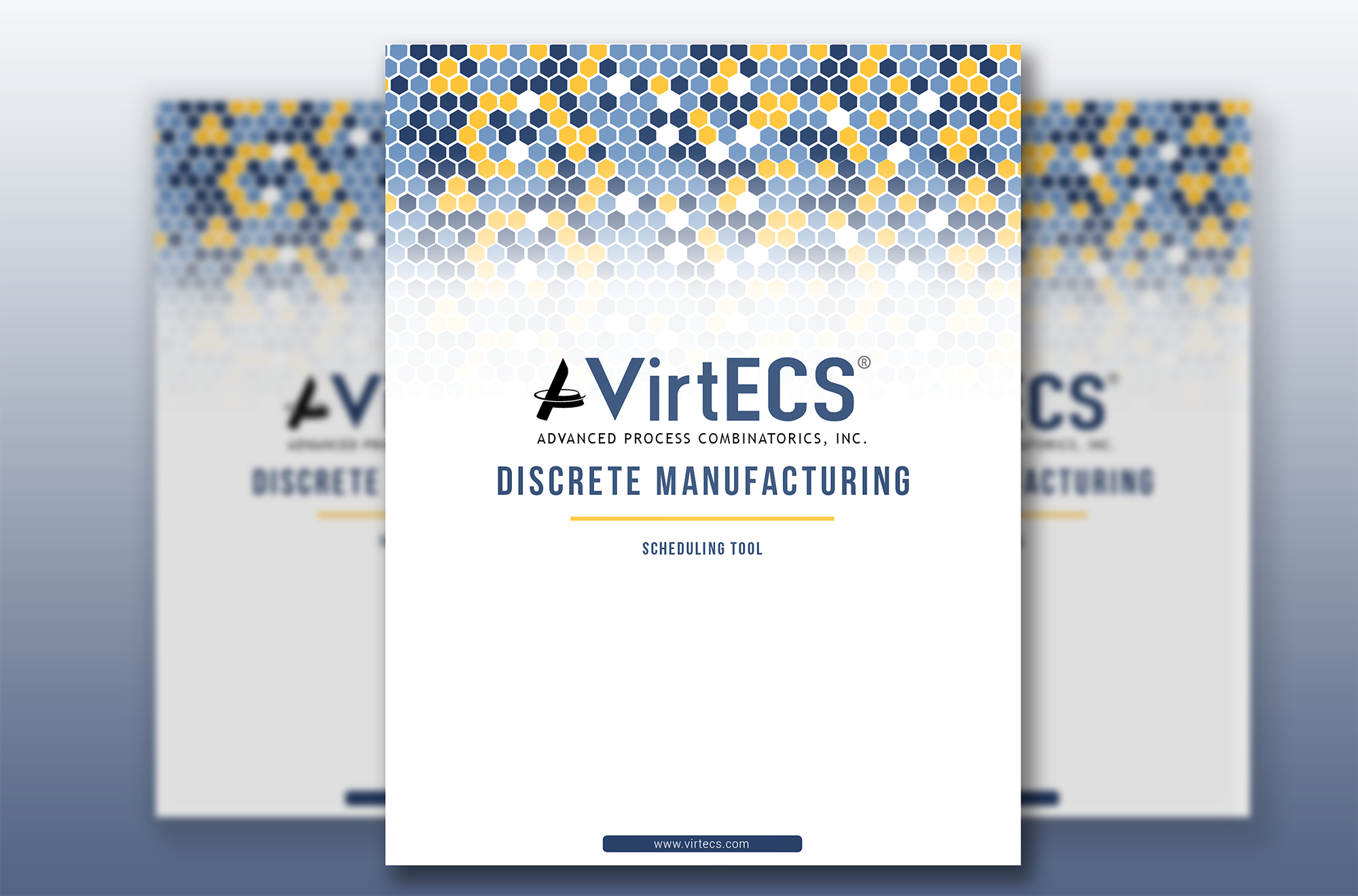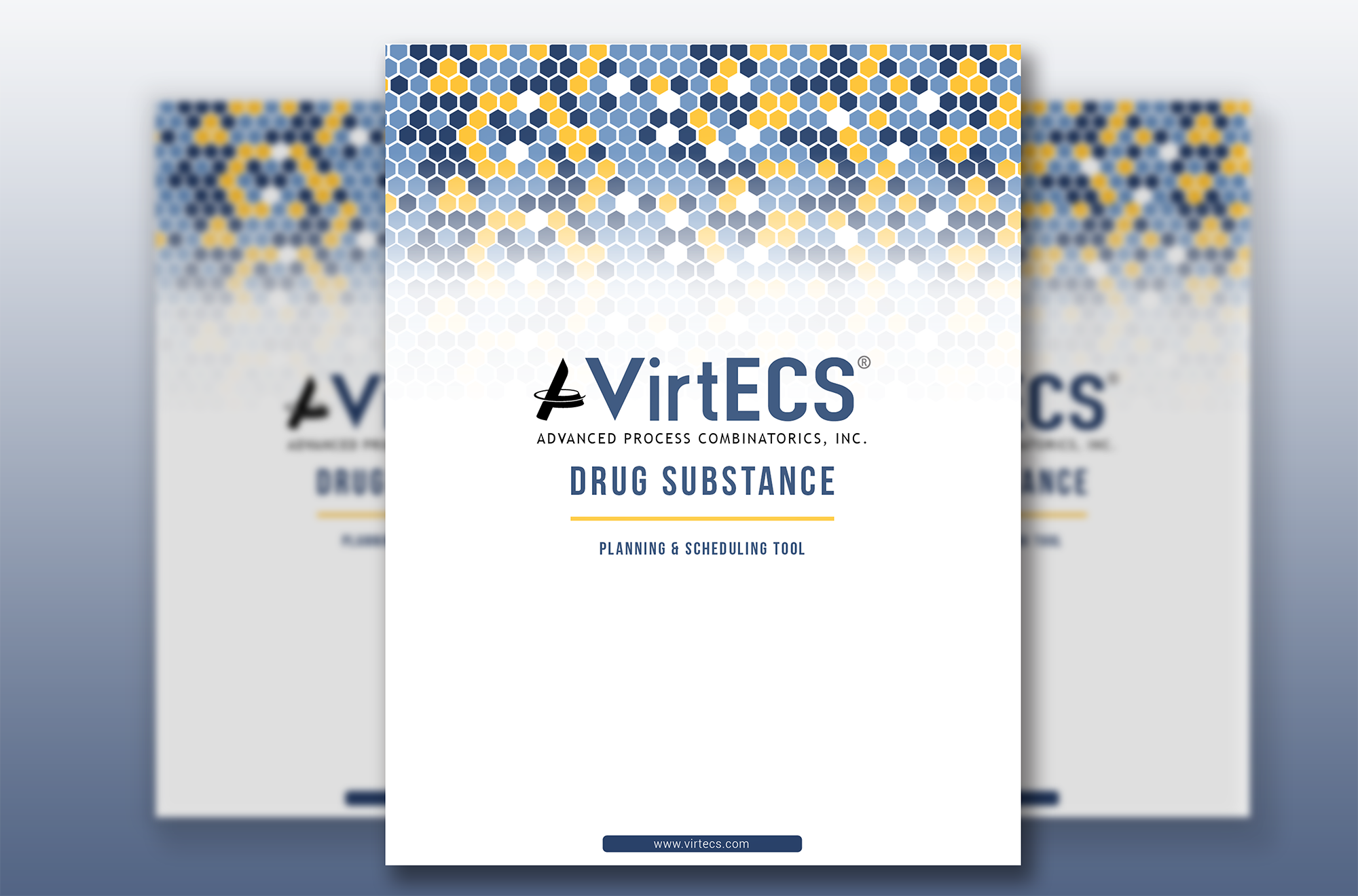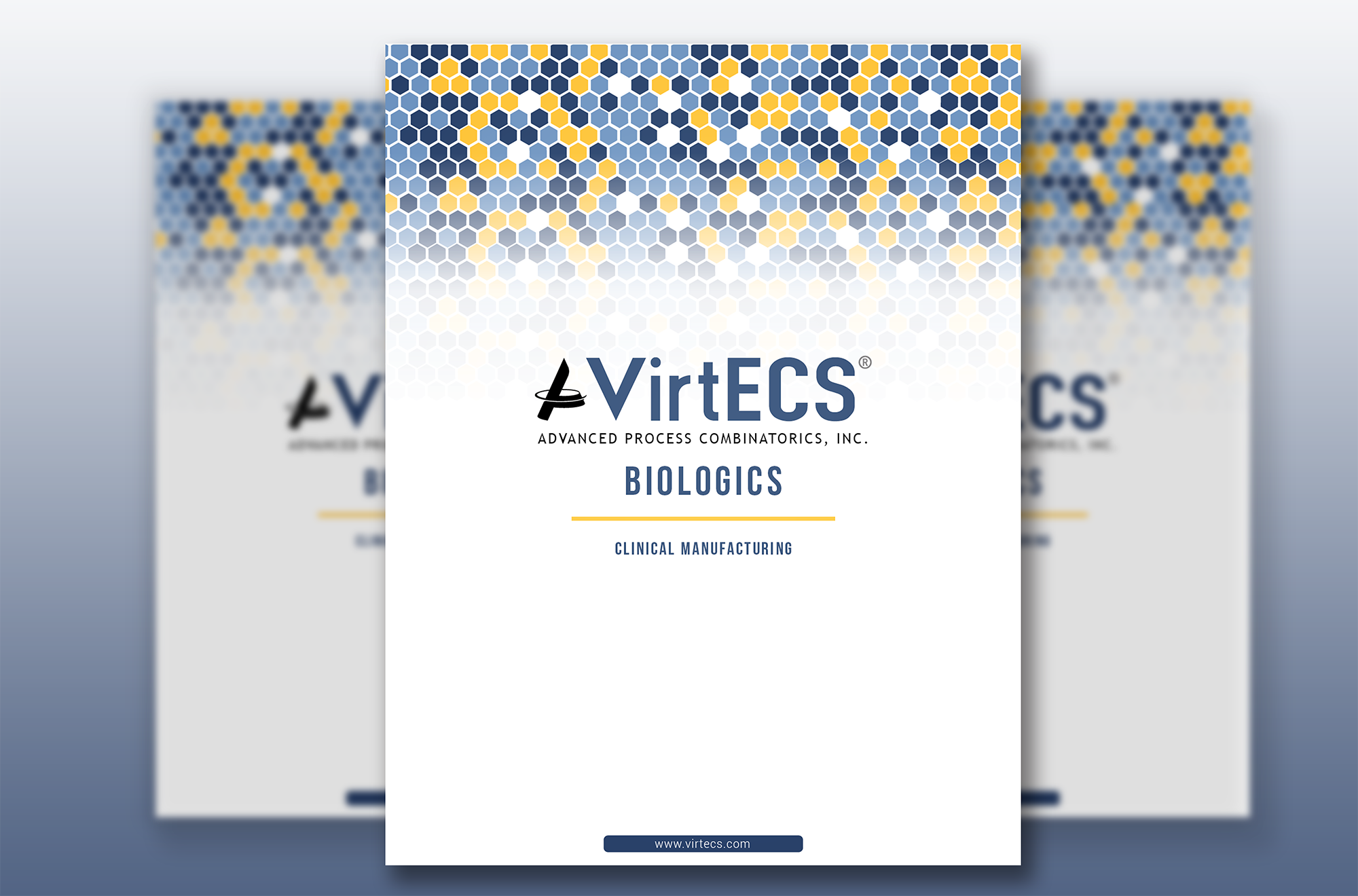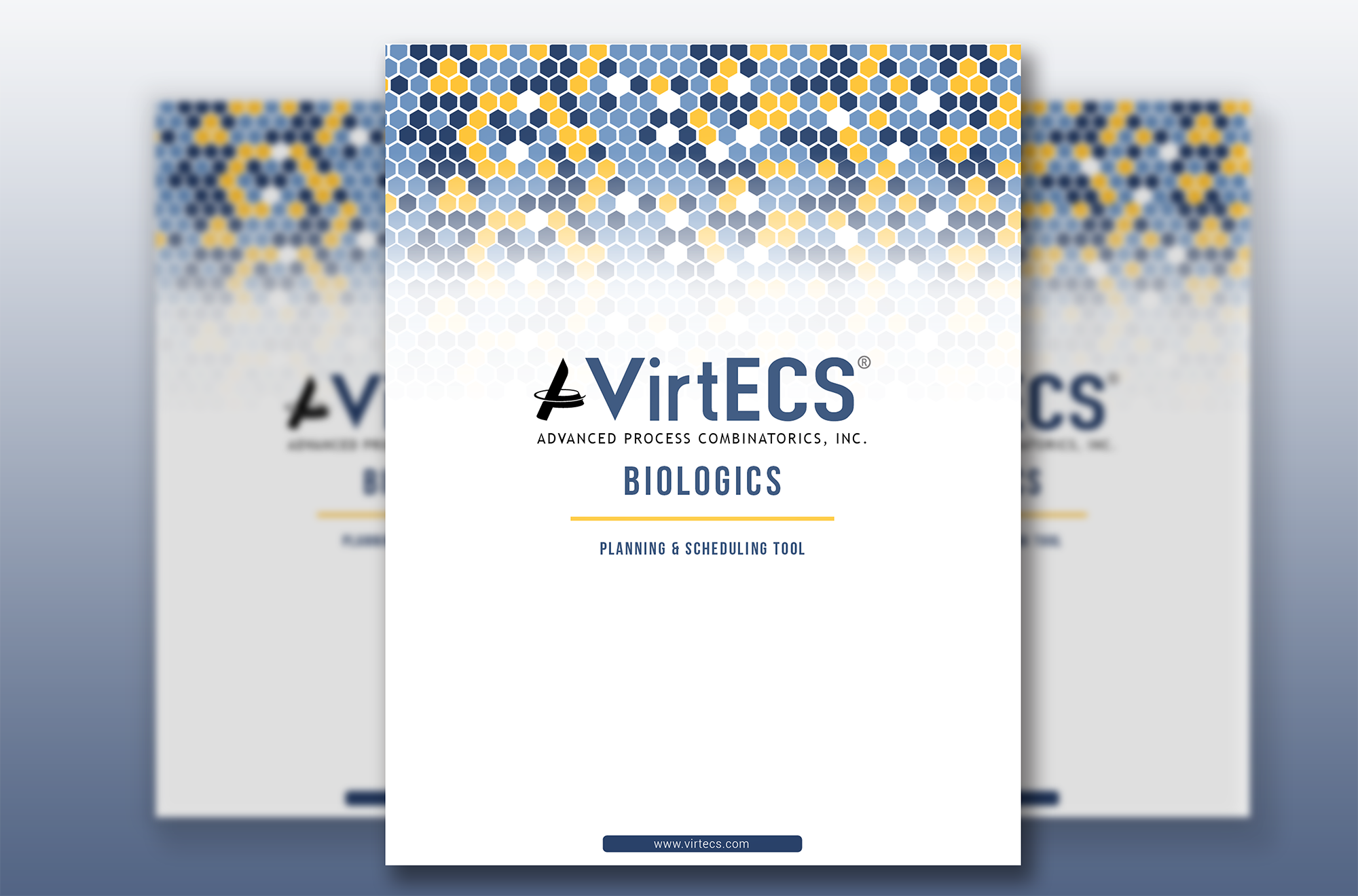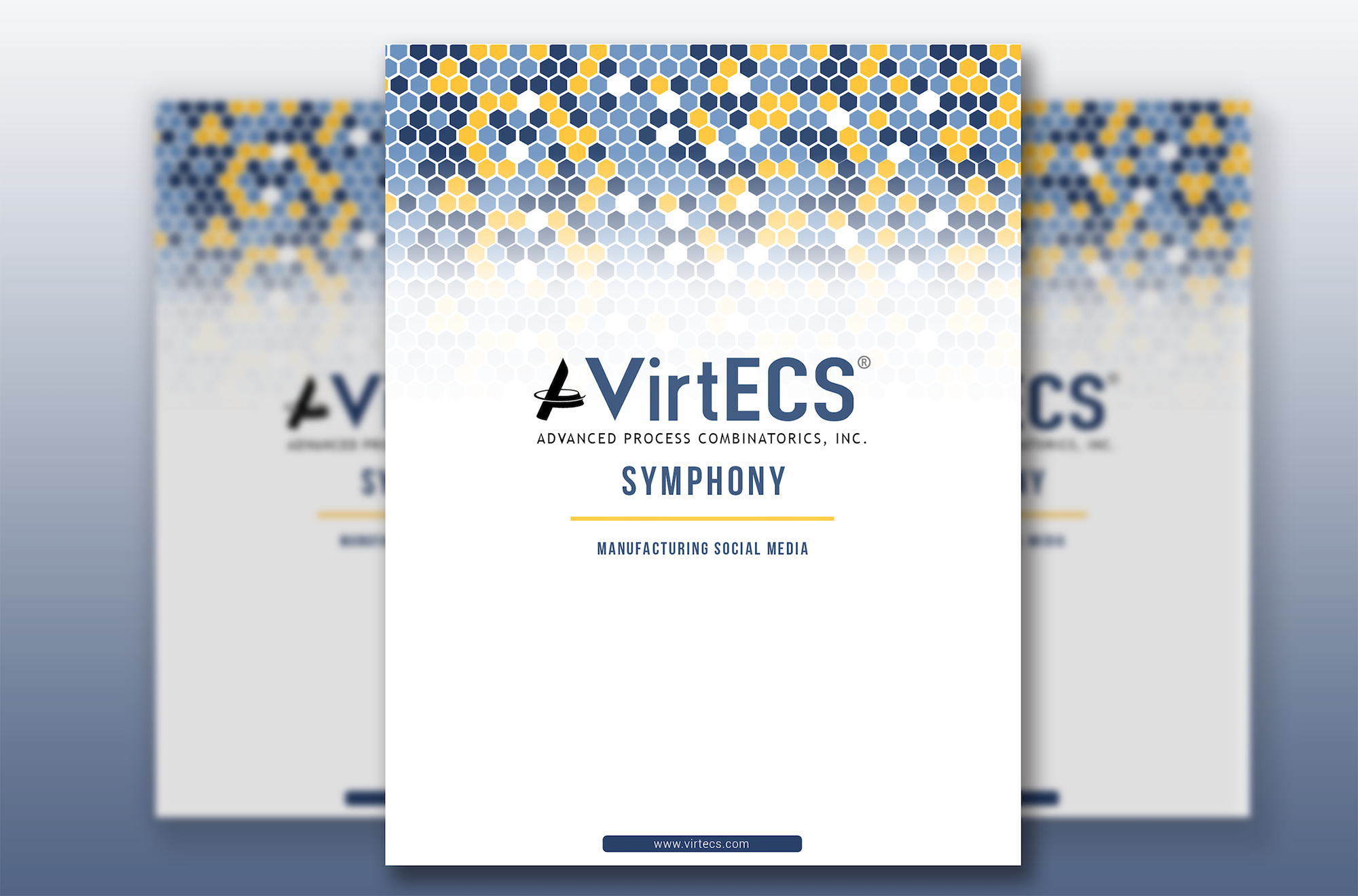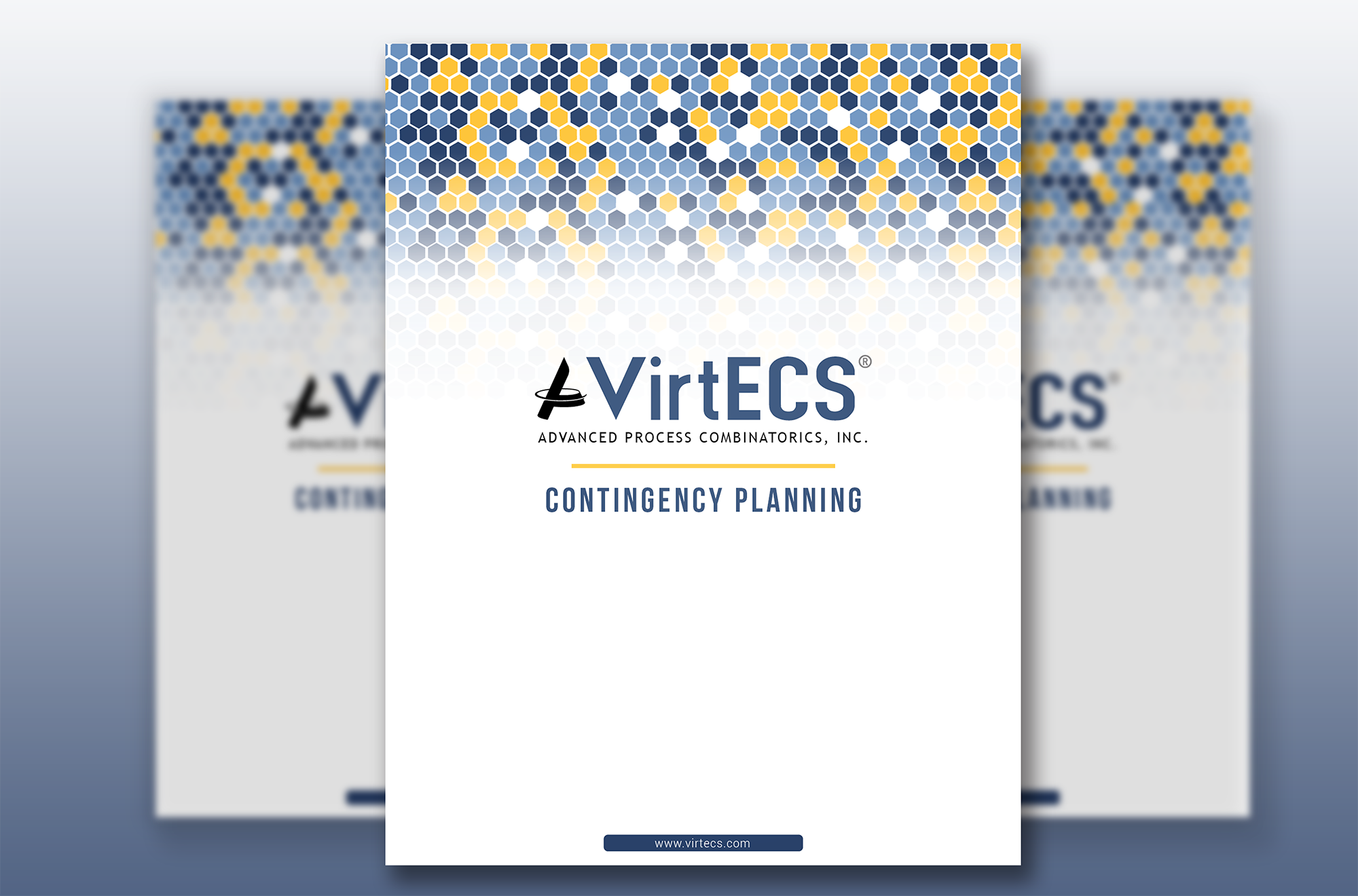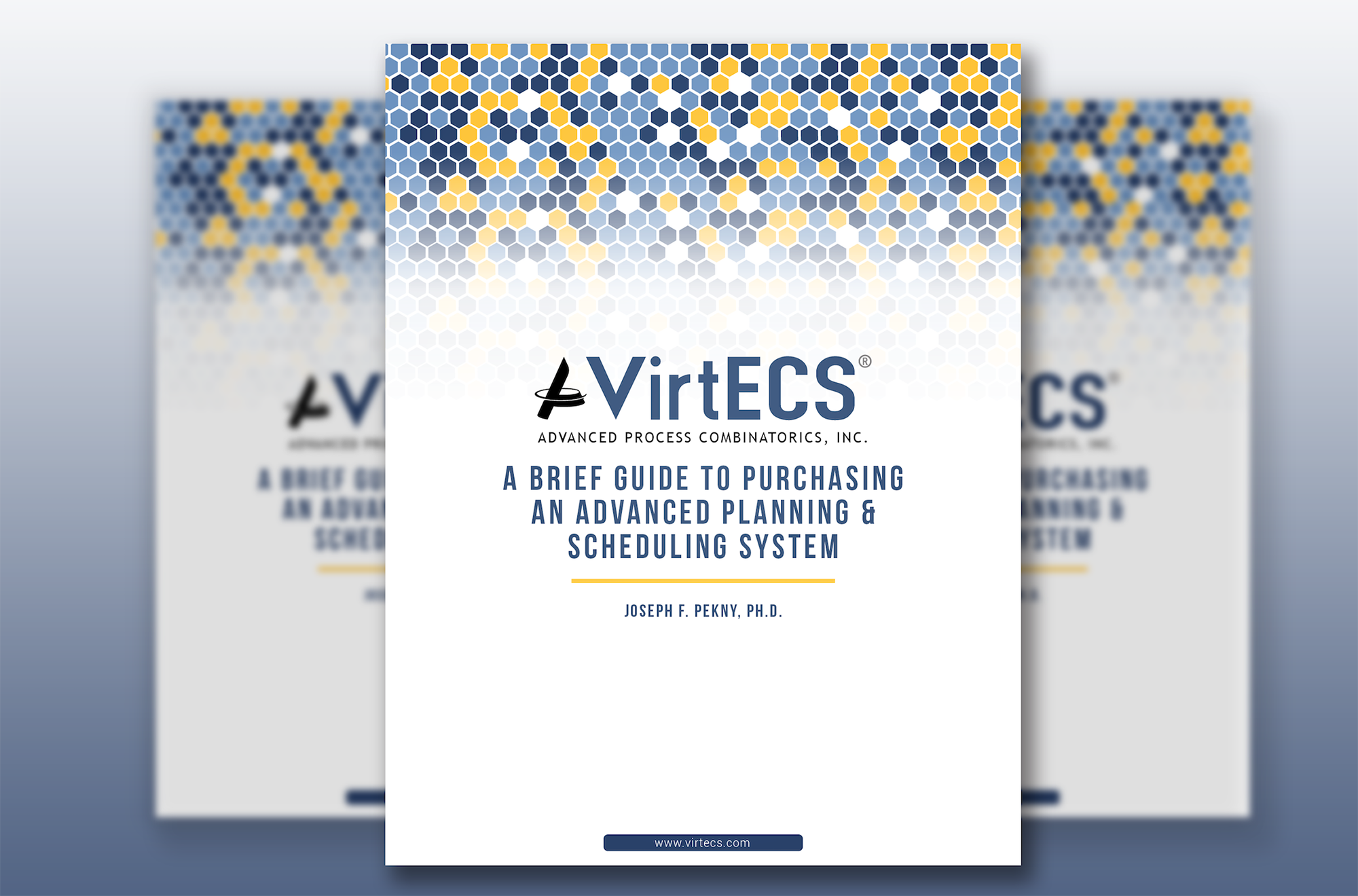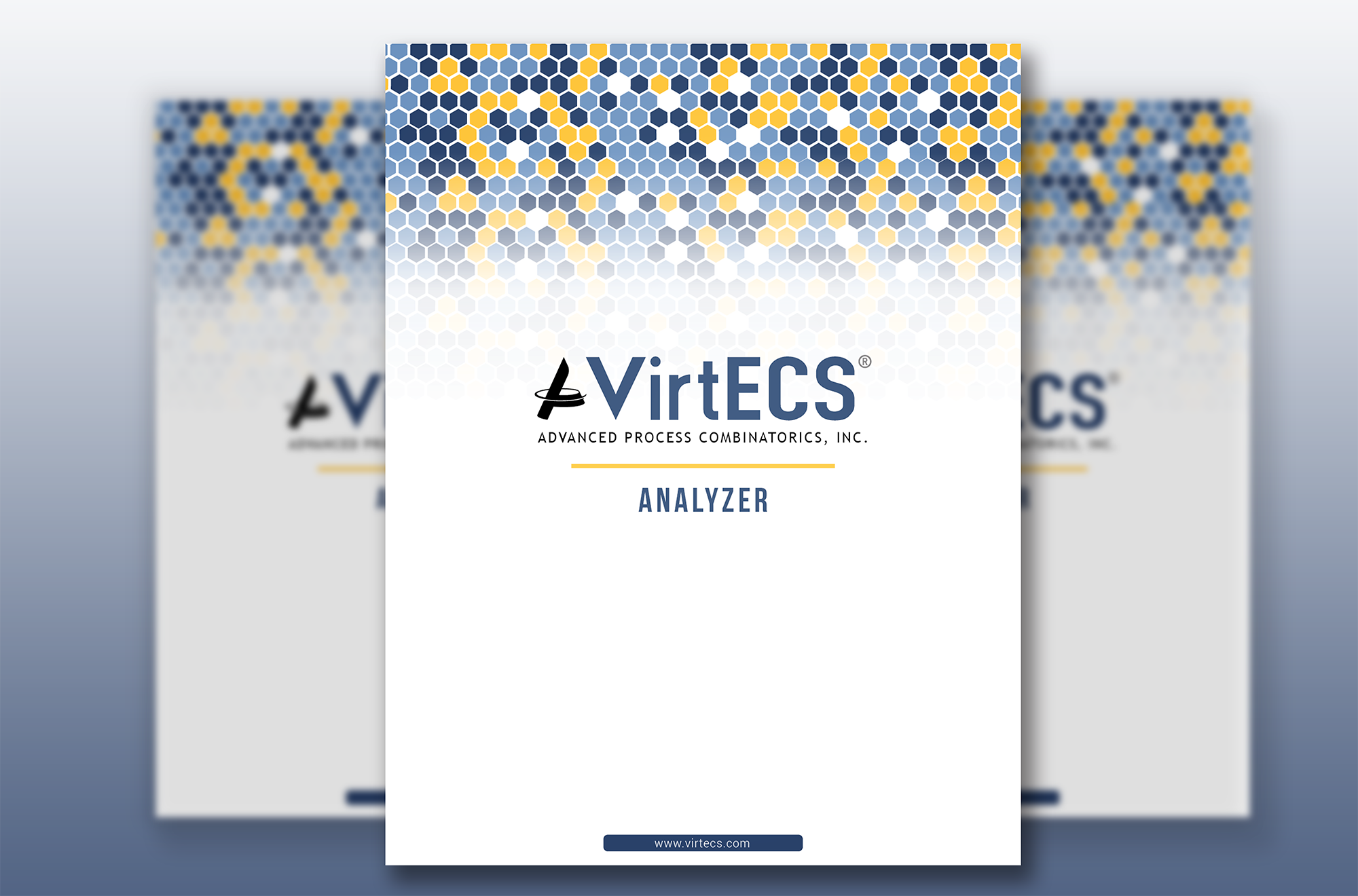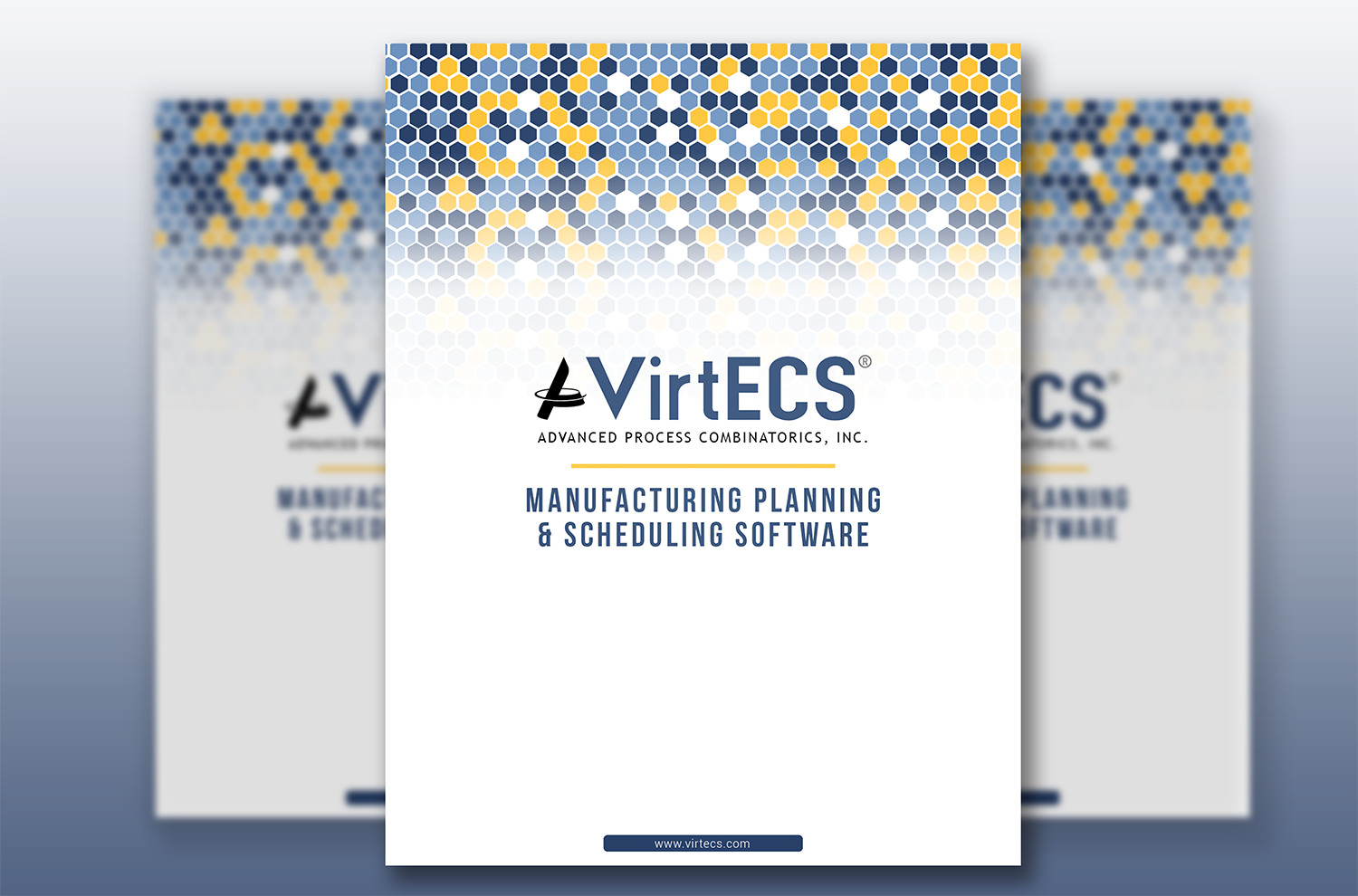When we talk to biologics companies about implementing VirtECS at their manufacturing sites, we always ask about the planning challenges they face. In those conversations, we hear frequently about issues with facility fit and tech transfer. Many hope to cut weeks or even months out of their lengthy tech transfer processes, which will help them save resources and speed up time to market. They also often struggle to determine how to fit a new, in-demand product into the schedule of an existing production facility without requiring costly adjustments or major disruptions.
Biopharmaceutical companies are experiencing these problems even more frequently and urgently as more therapies get approved. Building a new facility is extremely time-consuming and expensive, so it’s not always an option when a new product is approved for production, especially because delaying a product launch can negatively impact patient care. Given these stakes, it’s critical to execute an accurate facility fit analysis to quickly determine the ideal site for production.
Facility Fit Analysis with a Digital Twin
Highly regulated production steps and complex sub-systems make manufacturing biopharmaceuticals a particularly complicated process. Analyzing the plant’s many activities, constraints, and details to identify opportunities for new product production is nearly impossible to accomplish manually. When companies try to rely only on manual programs like Excel for facility fit, we often hear that it results in errors, delays, and further adjustments needed after the tech transfer begins. Manual programs simply cannot account for the level of critical detail present in biologics manufacturing environments.
Manufacturers that utilize a digital twin in the tech transfer process can avoid many of these pitfalls. By creating a highly detailed and precise process model, they can more accurately calculate the total capacity available, while also accounting for potentially deal-breaking constraints, such as hold or changeover times. A digital twin can also finish its analysis in just hours or days, while more manual processes may take months or even years.
How Sanofi Uses VirtECS to Fit New Products into Older Plants
As one of the largest biopharmaceutical companies in the world, Sanofi regularly introduces new products. Years ago, they needed to implement one of those new biologics products into an existing manufacturing site. Sanofi evaluated several software providers to assist in their tech transfer process, but they were either unable to the handle the site’s complexity or took too much time to complete the analysis. Then, they discovered VirtECS.
With VirtECS, Sanofi was able to turn around the facility fit analysis quickly. “By having this digital twin, we can rapidly simulate scenarios where we fit new products into old plants,” said Jon Forstrom, Director of Manufacturing Science and Technology at Sanofi. “Where it would normally take weeks or months to do a full analysis, we’ve turned around some of these analyses with VirtECS in a day or two.”
Real-World Implementation with VirtECS
Given its advanced analysis capabilities, VirtECS stood apart as the only tool that could meet the needs of a leading biologics company. With the tool in place, Sanofi could easily select the site with the most available capacity and most adaptable conditions to accommodate their new product. They then used VirtECS to test different ways to integrate their new product into the selected site. With each potential scenario, their team could measure the impact of the change and identify the best ways to add revenue from new products without jeopardizing the revenue earned from existing products. These details ensure that the tech transfer is completed as smoothly as possible with minimal disruptions.
The VirtECS digital twin also guaranteed that the resulting plan and schedule for Sanofi’s new product would work in the site’s real day-to-day operations and wasn’t limited to a hypothetical scenario. According to Forstrom, “With the power of [VirtECS], we could model variability to get a real-world answer and not an over-simplified computer answer, which is what you get with most tools.” The realistic plan helped employees on the plant floor accurately execute the schedule, minimizing the discrepancies and questions that often arise when implementing new processes into the real plant environment.
In addition to speeding up time-to-market and avoiding costly construction of a new plant, fitting a new product into an existing facility also helps maximize capacity at the site. As Forstrom explained, “I call it building a capacity roadmap – a roadmap from where we are today to achieving maximum theoretical capacity.” With VirtECS, Sanofi can make sure they’re getting the most possible output and profitability from their current resources.
Tech transfer and facility fit analysis represent just a small snapshot of VirtECS’ digital twin capabilities. The benefits of utilizing a digital twin for manufacturing planning are far-reaching, including optimized design of new facilities, debottlenecking, and smarter long-term decision-making. You can hear more from Jon Forstrom about how VirtECS has impacted Sanofi’s smart manufacturing initiatives by listening to his presentation with our co-founder, Dr. Joe Pekny, at the 2023 BioProcess International Conference.

